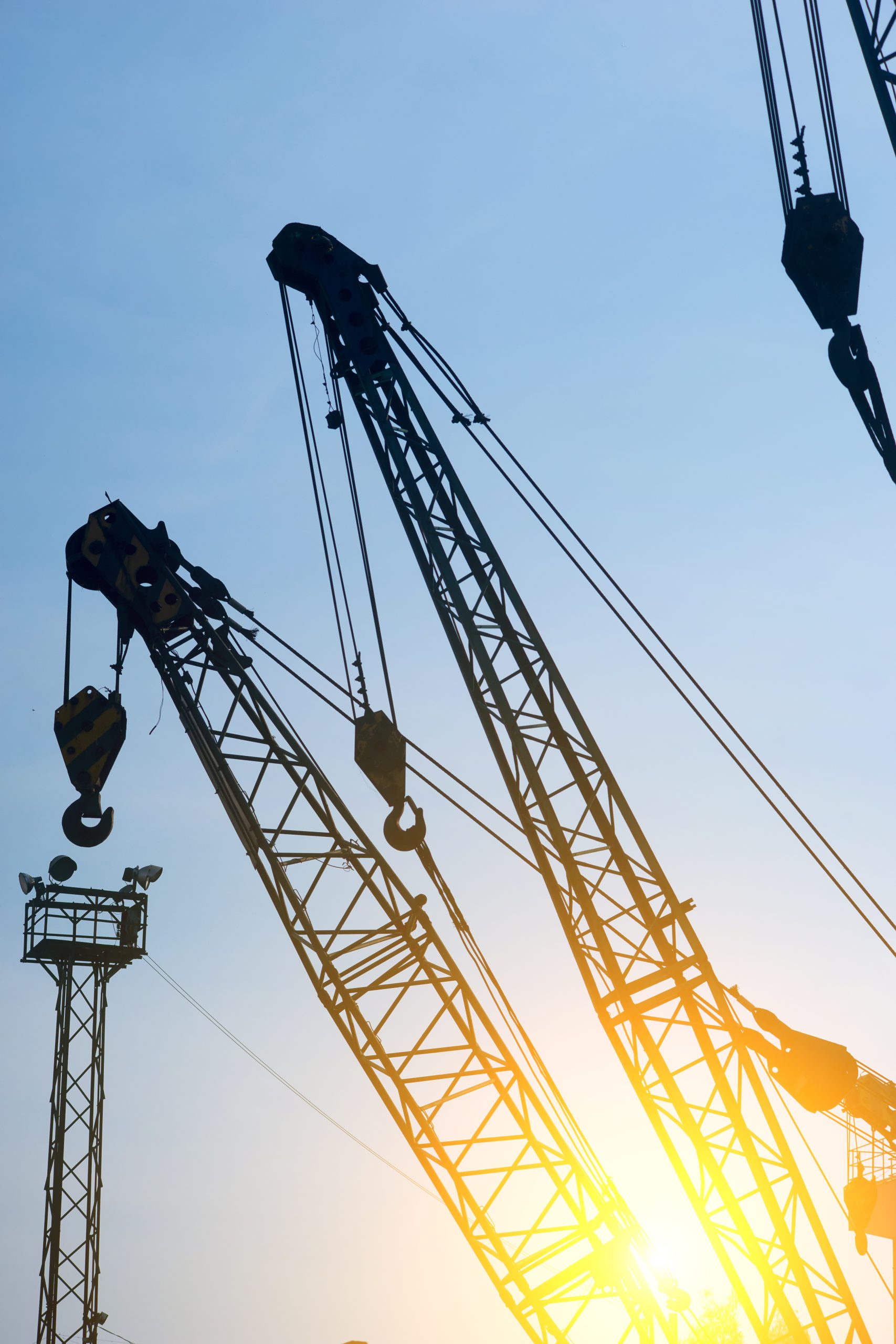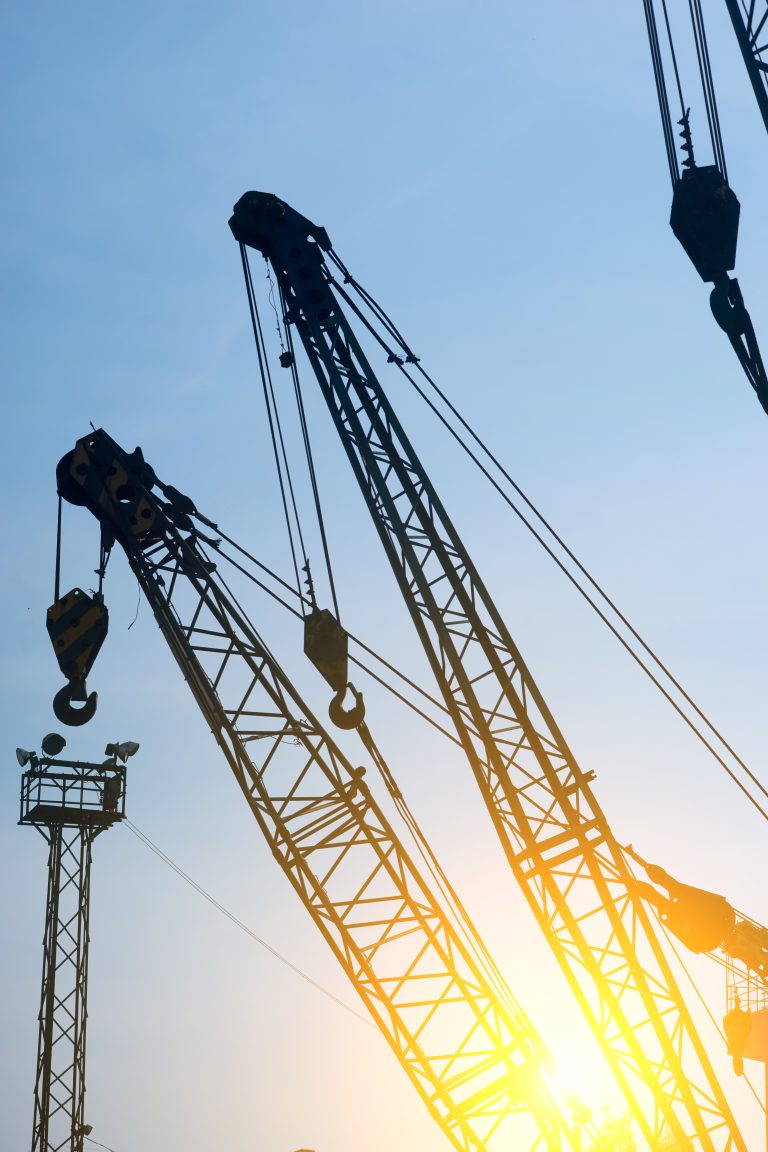Evaluating the cost-effectiveness of lever hoists in professional settings involves several considerations. Industry experts recommend assessing your overall requirements to determine the best hoist for your needs.
Factors Influencing the Cost-Effectiveness of Lever Hoists
Maintenance Requirements and Costs
The cost-effectiveness of a lever hoist is a phenomenon significantly determined by the maintenance processes. It is expected that with proper warranty and regular maintenance procedures, they serve for a long time, which reduces the chances of unexpected failures. Models with advanced surface treatment and made of particularly strong alloy steel also need less frequent maintenance while providing decent leverage.
Energy Efficiency and Operational Savings
Lever hoists are operated by manpower only, which means they do not consume electricity or fuel. This leads to cost-efficiency, especially in terms of their utilization. Moreover, such equipment may be efficiently employed in remote locations because there is no necessity for the electricity to be utilized.
Moreover, advanced designs incorporate ergonomic handles and high-efficiency gear systems, minimizing the physical effort required during operation. Features like high-temperature quenched gears contribute to smoother operation and extended lifespan.
Applications of Lever Hoists in Professional Environments
Common Industries Utilizing Lever Hoists
Thanks to their adaptability and long-lasting nature, lever hoists can be used in many different industries. These are used broadly in construction to lift heavy lifting materials, in manufacturing facilities for assembly lines, and in warehouses for handling materials.
Besides industrial use, lever hoists are often used outdoors such as in forestry or infrastructure projects in which portability is vital. This makes them perfect for the worst work conditions, as they do not rely on an external power source that may or may not be available!
Specific Scenarios Where Lever Hoists Excel
For applications where fine control of load placement is essential, lever hoists are the best option. Because they can be adjusted incrementally, they are especially useful for applications such as aligning machinery or tensioning cables.
They are especially useful in the field of confined spaces where other lifting equipment will not fit. For example, when working on deep wells or long-distance drawing operations, the adaptability of lever hoists proves invaluable.

Recommendations for Selecting a Lever Hoist
How to Choose the Right Capacity for Your Needs
When buying a lever hoist, selecting the appropriate capacity is critical. Overloading risks safety issues and equipment breakdown, and underloading opens up space inefficiencies. Think about the most weight you will be hoisting frequently and however uncertain a greater load might be, then discover the right capacity.
As a result, manufacturers will often list rated loads and safety factors at varying levels of detail. For example, ISO9001-tested models, with safety factors of up to four times their rated capacity.
Importance of Ergonomics in Frequent Usage
Ergonomics are critical to ensuring user comfort during long periods of operation with lever hoists. Handle parts ergonomically contoured to the hand result in less strain on the worker’s hands and wrists and allow for comfortable usage over longer periods.
Not only do these designs improve operator efficiency, but also they reduce the risk of occupational overuse injuries, which is a critical feature for industries where manual handling is common.
The Role of Brand Reputation in Product Selection
Brand reputation is one of the indicators of the quality and reliability of the product. Reputed manufacturers have measures in place to ensure their products meet industry standards and adequate quality control protocols are maintained. For example, some companies perform extensive factory performance testing that includes testing lifting capabilities and testing operational stability before sending their equipment out the door.
A trusted brand also provides better after-sales support, including warranties and access to replacement parts. When choosing a lever hoist supplier, prioritize those offering comprehensive services tailored to your specific needs.
The Role of APOLLO Lever Hoists in Enhancing Professional Operations
Notable Features of APOLLO Lever Hoists
In professional fields, lever hoists are one of the most versatile and reliable road tools ever! With a rugged design and enhanced technology, the APOLLO is a fine example of these qualities. Their lever hoists are made from high-grade alloy steel that enables them to provide high operational efficiency and unrestricted operation even under use for a long time. Providing smoother operation and life of the equipment with the use of high-temperature quenched gears.
The comfort handle design is another highlight that reduces operator fatigue during extended periods of use. This particularly helps in sectors where manual handling is a common procedure. In addition to these hand-operated chain hoists, APOLLO lever hoists also feature advanced safety mechanisms that include load limiters and durable hooks to provide secure and reliable load management.
Specific APOLLO Models Recommended for Professionals
The professional who is looking for solutions that deliver consistently can even find suitable equipment options within the APOLLO model range for various needs. Take the APOLLO Lever Hoist for example, this product provides a combination of robust construct and performance that is ideal for both light-duty and heavy-duty applications from construction, and manufacturing to logistics.
Models with sealed gearboxes and electroplated finishes are suggested for specific tasks that involve increased resistance to corrosion or operation in high-temperature and high-humidity surroundings. Customizable options that address unique operational needs — such as the ability to handle different load capacities or additional safety features — could also appeal to professionals.
Maximizing the Benefits of Lever Hoists in the Workplace
Training Employees on Proper Usage Techniques
Proper training is essential to maximize the potential of lever hoists such as those from APOLLO. The process must be efficient while also ensuring safety, which means employees must be familiar with operating procedures.
Must provide training on critical elements that include load evaluation, correct load secures, and the proper use of safety devices. Emphasizing best practices for positioning loads and avoiding overloading will further enhance workplace safety.
Regular Inspection and Maintenance Practices
Every mechanism has its lifespan, which can be extensive if the device is maintained properly and lubricated regularly. High-quality models of lever hoists are usually made of alloy steel and do not require lubrication for many years of regular use due to their corrosion resistance.
However, as their safety is a crucial aspect of their use, all components should be inspected regularly to determine whether the chain, hooks, or gears should be changed.
Incorporating a maintenance schedule that includes cleaning, lubrication, and component replacement when necessary can prevent unexpected breakdowns. Utilizing manufacturer-provided after-sales services or warranties can further streamline maintenance efforts.
FAQs
Q1: What is special about APOLLO lever hoists that makes them professional?
Q: APOLLO lever hoists are made of superior quality alloy steel with the benefits of ergonomic handle grip, high technology safety devices, and compact design suitable for professional applications in various industries.
Q2: How often do lever hoists need to be inspected?
A: Lever hoists should be inspected according to their frequency of use, with daily inspections for heavy usage or monthly inspections for infrequent use, to catch any wear or possible problems early on before they become a serious issue.
Q3: Is there training needed for the proper use of lever hoists?
A: Absolutely—the operators need training on how to assess the load and secure it safely so the operator can get the most output with the least chance of injury.


